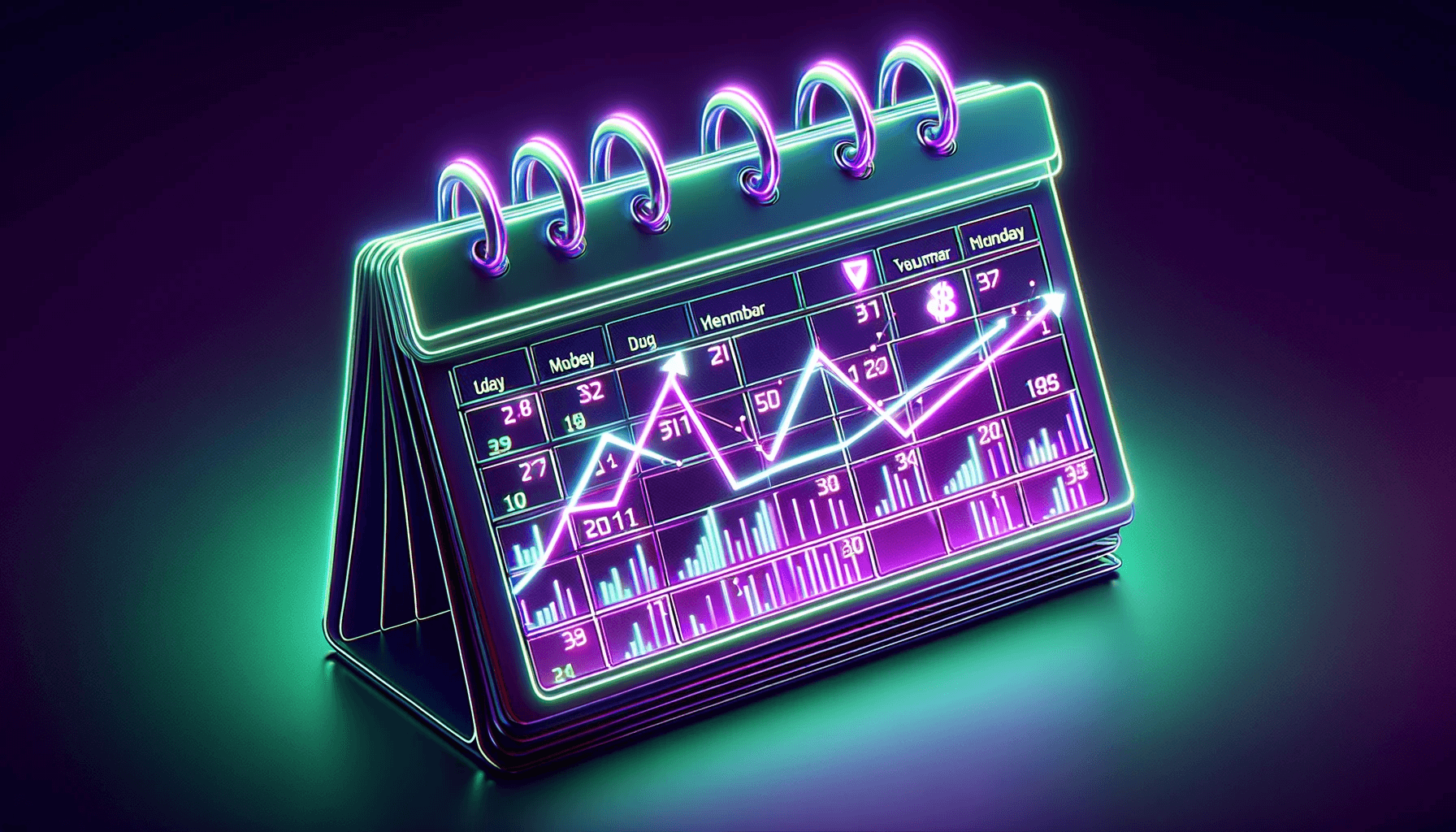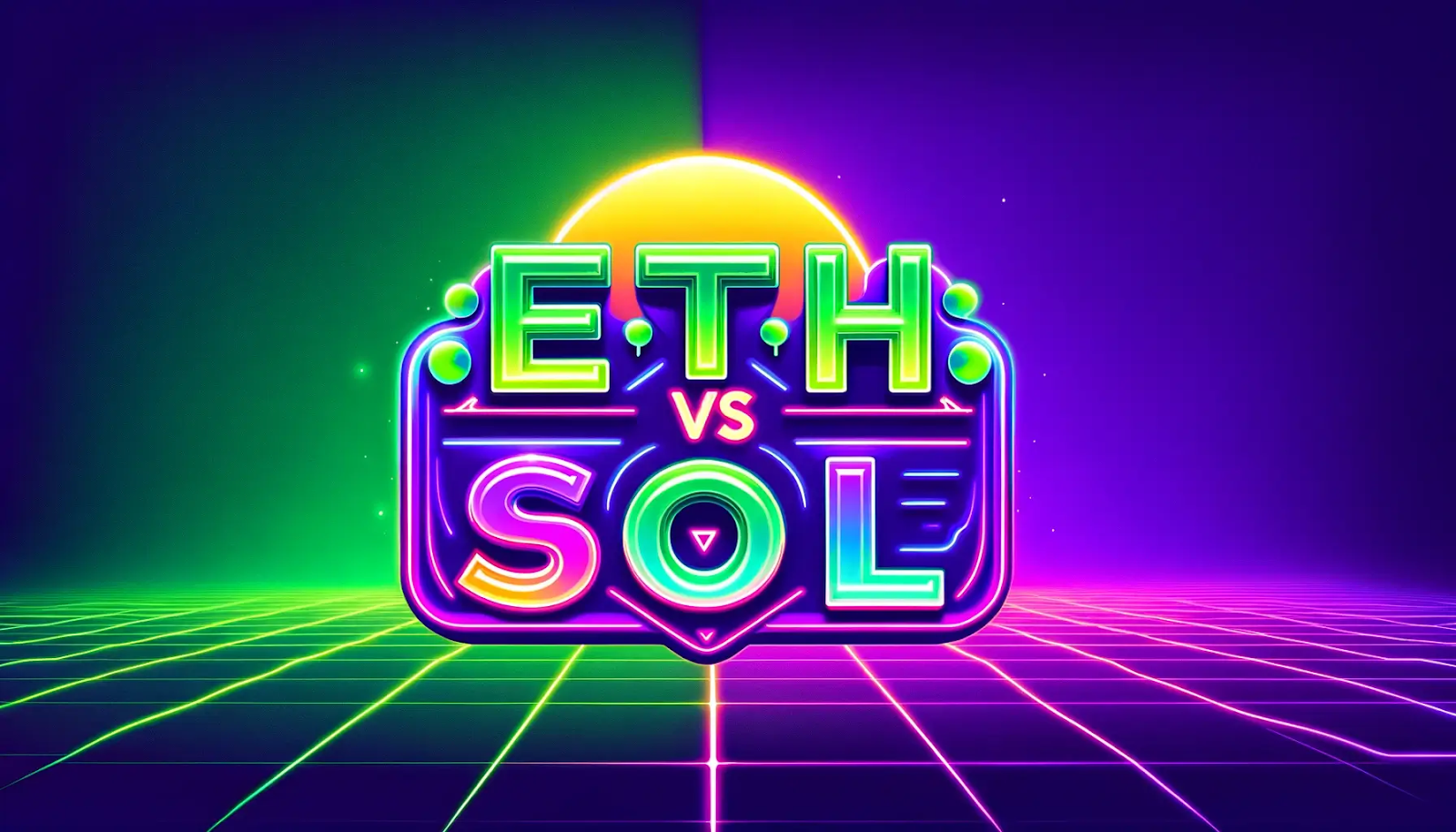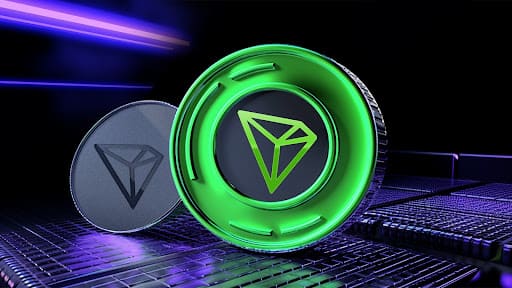
Cardano Vs Ethereum is a question many crypto enthusiasts are asking themselves in the lead-up to the next bull run.
The two leading altcoins were unequivocal highlights of the 2021 bull run, with both Cardano ($ADA) and Ethereum ($ETH) hitting their respective all-time-highs of $3.10 and $4,891.70.
With sights set on similar mooning prices, this article breaks down the key differences of Cardano Vs Ethereum - two projects that are often compared due to their proficiencies in services such as smart contract executions and decentralised application (dApp) creations.
Cardano Vs Ethereum - Similarities
Cardano and Ethereum both offer investment-worthy opportunities through their native coins ADA and ETH.
As ‘Layer 1’ blockchain technologies, they provide a foundation for developers to construct dApps and self-executing smart contracts within their respective blockchains.
Another commonality lies within their implementation of proof-of-stake (PoS) consensus mechanisms for validating transactions on their respective networks. In the PoS model, participants seeking to verify transactions contribute cryptocurrency as collateral - a process known as ‘staking.’
Staking represents an eco-friendlier alternative to the proof-of-work (PoW) mechanism employed by Bitcoin (BTC). In the PoW systems, computers consume substantial electricity to solve intricate problems that validate and finalise transactions on the blockchain.
It's worth mentioning that Ethereum initially operated as a PoW system before transitioning to PoS in September 2022 to align with the environmentally conscious trend in blockchain consensus mechanisms.
Cardano Vs. Ethereum - Differences
Ethereum is More Established
Ethereum stands out as the more established and valuable of the two cryptocurrencies due to its seniority. This leading altcoin has progressed further in development, particularly in the realm of smart contract protocols which autonomously execute terms outlined in contracts or agreements.
Ethereum Leads in Transaction Volume
Ethereum boasts a larger user base compared to Cardano, handling approximately 1 million daily transactions compared to the less than 100,000 daily transactions on Cardano. The higher popularity of Ethereum is, however, accompanied by higher transaction costs.
While this detail may be less relevant for long-term ETH investors, it becomes crucial for those planning to utilise cryptocurrency for DeFi, smart contracts, or other transactions.
Overall Supply: ADA's Limited Cap
Following the trend of setting a hard cap, the total supply of ADA will never surpass 45 billion coins.
In contrast, Ethereum lacks a hard cap on the total supply of ETH, however nevertheless, it employs different mechanisms to control supply, including an annual cap on the total amount of ETH issued, as well as a mechanism to remove ETH from circulation through ‘burning’/gas fees.
Scalability: Cardano's Advantage
Scalability - which is a crucial aspect of a robust ‘Layer 1’ crypto, favours Cardano's system over Ethereum, as the latter demonstrates greater scalability and can effectively handle more transactions.
On the other hand, Ethereum encounters challenges with transaction volume, as while the network operates smoothly in calm periods, it struggles to keep up during bull markets when a surge of new investors enter the crypto space.
Cardano: Advantages & Disadvantages
Advantages of Cardano
Strong Academic Support and Robust Community
Cardano benefits from strong academic backing, building its community on research initiatives aimed at making a significant impact in less fortunate parts of the world. With substantial funds for development and a proficient team leading the project, Cardano's commitment to peer review enhances its credibility, setting it apart from many other cryptocurrencies.
Cost-Efficiency and Energy Conservation:
Completing transactions on Cardano incurs significantly lower costs compared to Ethereum or Bitcoin. Cardano has prioritised energy efficiency from the outset, presenting a more environmentally friendly blockchain. While Ethereum has made strides in this direction, Cardano's initial focus on energy efficiency and cost-effectiveness remains a distinguishing feature.
Superior Scaling Potential
Cardano's blockchain demonstrates superior scaling potential by incorporating a settlement layer and a computational layer. This design allows the system to expand seamlessly to accommodate any size, ensuring swift transactions. Furthermore, adjustments can be made without disrupting payments and other transactions, enhancing flexibility.
Disadvantages of Cardano
Intense Competition
Cardano faces stiff competition not only from Ethereum but also from numerous third-generation cryptocurrencies like Avalanche (AVAX), Cosmos (ATOM), Polkadot (DOT), Solana (SOL), and Tezos (XTZ). The absence of brand-name recognition as one of the original cryptocurrencies like Bitcoin and Ethereum adds to the competitive challenge.
Unfinished Development:
Despite its strengths, Cardano is considered unfinished, limiting its applications compared to other smart contract blockchains. The platform has been losing ground to Ethereum over time, prompting concerns among experts about its ability to keep pace with evolving market demands.
Limited Demand and Market Risk:
Cardano experiences comparatively lower demand, both in terms of investment and transaction use. In the event of an extended crypto winter, the lack of demand could contribute to a decrease in investment value, potentially reducing liquidity and making it more challenging to sell and recoup investments.
Ethereum - Advantages & Disadvantages
Advantages of Ethereum
First Mover Advantage
Ethereum holds the distinction of being the pioneer blockchain network capable of handling smart contracts. This early entry into the market provided Ethereum with a significant first mover advantage, solidifying its market share among altcoins and establishing a reputable position in comparison to later entrants like Cardano.
Expansive Ecosystem
Ethereum boasts a thriving ecosystem, particularly in the realm of dApps. It supports various decentralised services, including decentralised exchanges (DEXs), lending protocols, yield farming platforms, insurance protocols, yield aggregators, and NFT marketplaces. Notably, Ethereum hosts the most dApps among all cryptocurrency platforms, contributing to its popularity.
High Liquidity
Due to its widespread demand, Ethereum enjoys high liquidity. This characteristic makes it easier to sell as an investment without experiencing a significant slippage rate. Investors find it convenient to execute transactions without substantial price fluctuations from the order placement to the execution.
Disadvantages of Ethereum
Limited Capacity
Ethereum faces challenges in handling high transaction volumes, necessitating ongoing efforts from developers. The upcoming release known as sharding aims to address this limitation, but the awaited upgrade is not expected until the following year.
High Transaction Fees and Slow Processing
Transactions on the Ethereum network often experience prolonged processing times and high fees, posing challenges for users seeking alternatives to traditional finance and banking. These issues are particularly poignant for Ethereum, as the second-largest cryptocurrency, requiring urgent solutions to enhance scalability.
Absence of Supply Limit
Unlike some cryptocurrencies, Ethereum lacks a cap on the number of coins it can create. This absence of a supply limit raises concerns about potential deflationary pressures on its value. While advantageous for transactional use, it presents a drawback for long-term investors hoping for sustained coin appreciation.
Cardano Vs Ethereum - FAQ
Should I invest in Ethereum or Cardano?
The question of whether Ethereum or Cardano presents a better investment opportunity sparks ongoing debate, with the answer likely contingent on individual investment preferences.
Ethereum is often deemed the safer investment of the two. Experts cite its larger developer community and well-established ecosystem as key factors contributing to Ethereum's perceived long-term viability. The platform's resilience and adaptability, rooted in its substantial foundation, position Ethereum as a stalwart choice in the crypto space.
Conversely, Cardano emerges as a compelling option for a long-term investment, especially considering its potential user base expansion into emerging and frontier markets. While the realisation of the network's full utility may require patience, this characteristic introduces the prospect of significant upside from the current price. Cardano's strategic focus on untapped markets positions it as a project with promising potential for substantial growth in the future. The decision between Ethereum and Cardano ultimately hinges on individual investment preferences and the balance between safety and long-term growth potential.
Could Cardano Surpass Ethereum?
Cardano, boasting a substantial market cap of nearly $9 billion, holds the impressive position of being the seventh-largest cryptocurrency globally.
However, the scale of this achievement becomes more apparent when compared to Ethereum, which commands a staggering market cap of almost $200 billion. To bridge this considerable gap and reach the current size of Ethereum, Cardano would need to increase in value by a multiple of 20 to 25 times.
This stark contrast underscores the significant disparity in market capitalization between the two cryptocurrencies.
Is Cardano Linked to Ethereum?
Cardano was created by technologists Jeremy Wood and Charles Hoskinson, who are both also co-founders of Ethereum.
Why Is Cardano So Cheap Compared to Ethereum?
While both Cardano and Ethereum serve similar purposes, the notable difference lies in their market valuation, with Cardano currently being worth a fraction of Ethereum. This valuation discrepancy can be attributed, in part, to the dynamics of supply and demand within the cryptocurrency market.
However, it's crucial to recognize that a lower price for Cardano doesn't automatically translate to a favourable investment. Investing in any cryptocurrency involves inherent risks, and the lower price alone does not necessarily indicate a good deal.
If you opt to include Ethereum or Cardano in your investment portfolio, a prudent approach is to allocate funds that you can afford to lose. This fundamental principle acknowledges the volatility and uncertainties inherent in the cryptocurrency space, emphasising the importance of careful consideration and risk management in investment decisions.
Can ADA Reach $100?
While Cardano (ADA) maintains popularity and a committed community, the prospect of reaching $100 per coin appears highly improbable in the near future. The significance of this challenge becomes evident when considering the implications on market capitalization.
At a price of $100 per ADA coin, Cardano's market cap would surpass an astronomical $4.5 trillion. This figure exceeds the combined market cap of all digital assets during the peak of the 2021 bull market. Such a scenario presents a formidable hurdle, suggesting that a $100 valuation for Cardano may be a considerable stretch given the current market dynamics and conditions.
Want More Cutting-Edge Crypto News?
Follow Us: X TikTok Instagram Telegram LinkedIn
Sign up to our newsletter at the bottom of the page
Check Out Our Top 10 Crypto Currencies of 2023
This article is intended for educational purposes and is not financial advice.

















